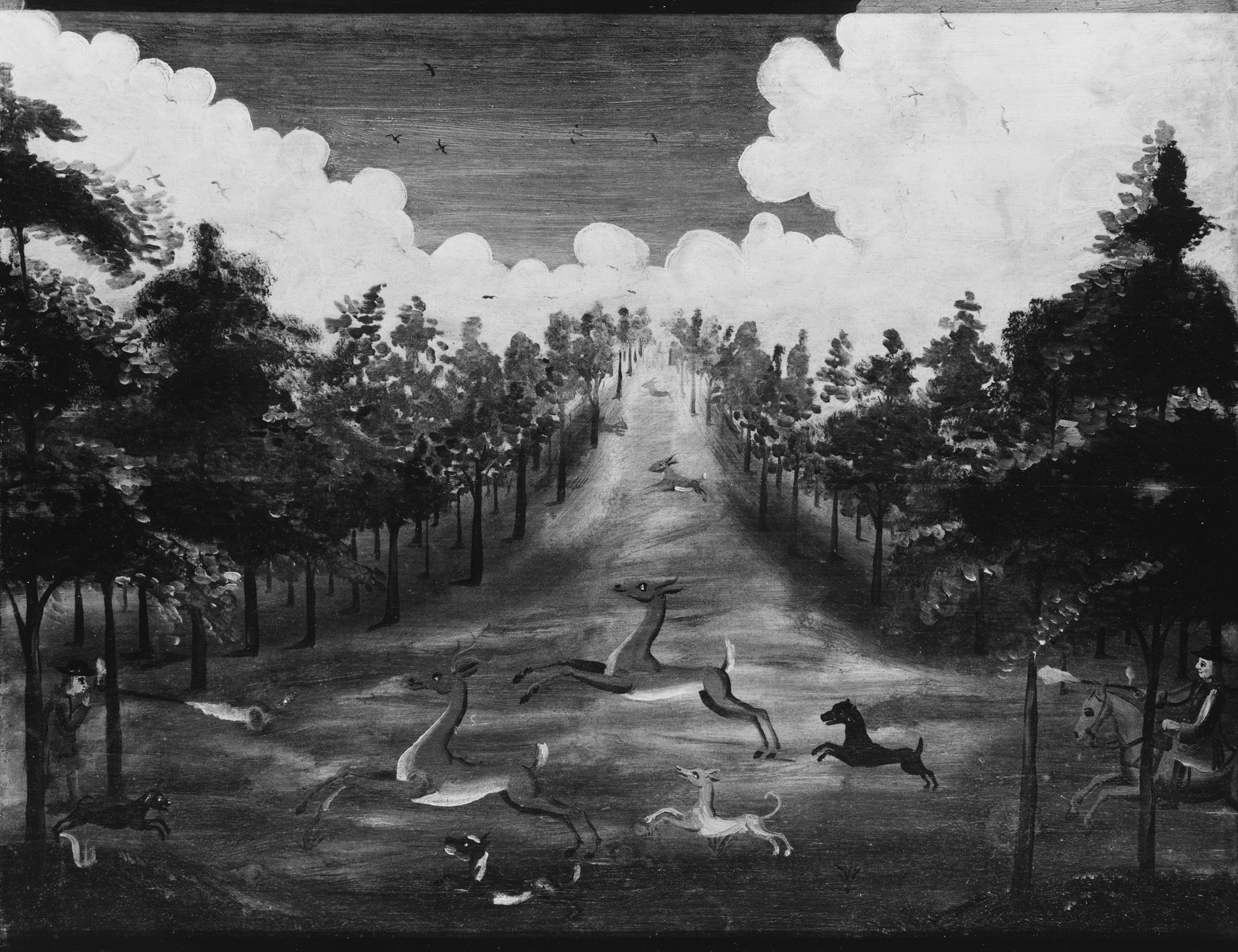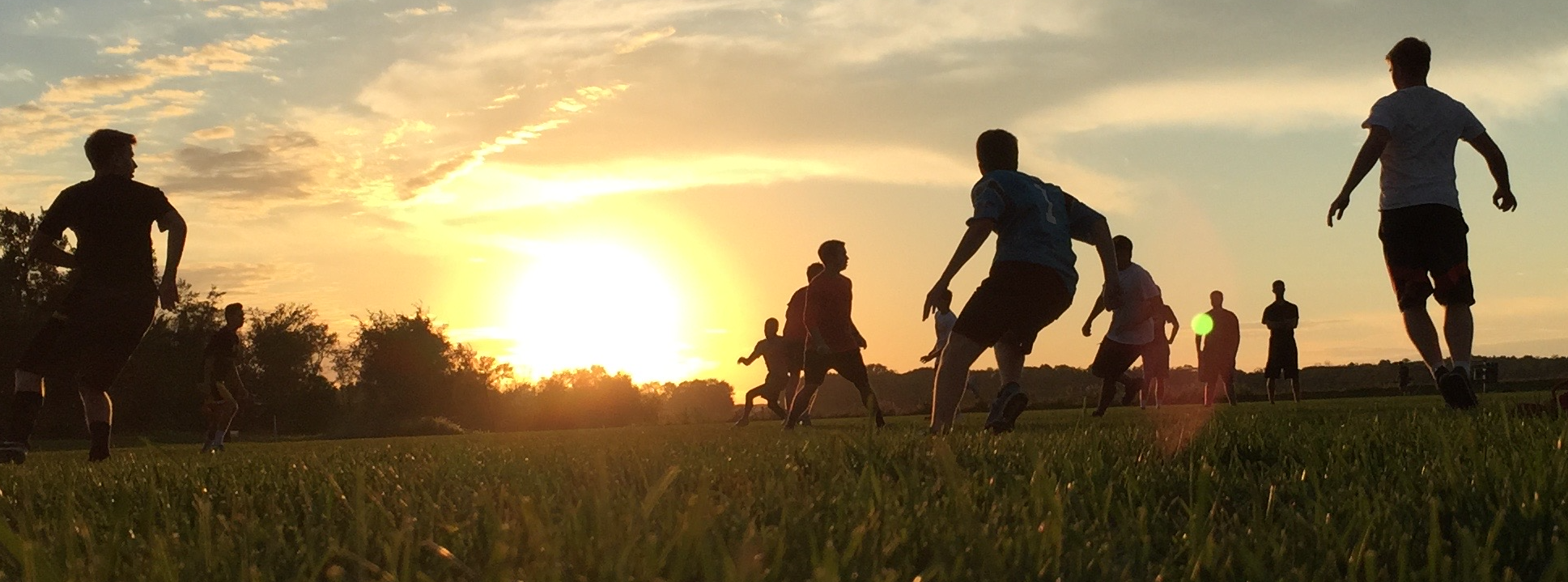This article is part of our brand new Athens Science Observer interview series. We are conducting interviews with established scientists in order to get first person accounts of exciting research and hear the stories of those who are making a difference. You may have heard that sunflowers can track the sun during the day, but what's responsible for this phenomenon? For this piece I've interviewed Dr. Ben Blackman in order to learn more about this curious behavior of sunflowers.
-Max Barnhart
To get started, can you tell me a little bit about yourself? Who are you and what do you do?
I am Ben Blackman, an assistant professor of plant microbial biology at the University of California Berkeley. My lab studies the genetics of how crops were domesticated and how wild plants adapt to their environments. We are most often focused on traits that involve some way that plants respond to predictable changes in the environment, whether that's changes that happen from day to night, changes that happen from season to season, or from year to year.

I know you work on many systems, and that sunflower is one of them, but can you tell me a little bit about how you got started working with sunflower and what about your research you find fascinating?
I started working on sunflower as a grad student. I was actually coming from a lab where I was working on stickleback fish at the time, and was really interested in the process by which new species arise and studying that at a genetic level. So I looked at a bunch of systems, and sunflower has some really interesting speciation biology going on. I got interested in flowering time as a trait to study, in part because a lot was known about its molecular basis in other organisms and could be translated into sunflower. The diversity of flowering time and how it has evolved in sunflower has affected several processes: speciation, domestication, and adaptation. Because flowering time is a very environmentally sensitive trait, my studies there really brought me into the realm of plant-environment interactions and how those evolve.
One other reason that I chose to go into plant systems in general rather than stay with fish or work on other taxa, is that plants are really amenable to doing field studies. You put them out in the field, unless they get eaten by a gopher or a deer, they're not going to run away, swim away, fly away. So you can really understand, or do experiments to understand how their genetic and trait variation impacts their ecology.
Even as an upcoming plant biologist, I had never really considered how much easier it is to work with an organism that stays still!
But that also means they have to solve all their problems! And that's part of why we study solar tracking, flowering time, and other things in the lab.

So let's start talking about solar tracking then! I think this is a trait that a lot of people are familiar with. Many people with a sort of casual interest in plants have heard this myth that sunflowers track the sun. Can you describe what solar tracking and heliotropism really is and why a sunflower might benefit from tracking the sun?
So heliotropism is the scientific term that describes how plants grow to orient parts of their bodies to the position of the sun. That can either be oriented to face towards the sun or face away from the sun. And its kinetic, or dynamic, in that motion is continual. So as the sun goes across the sky, either leaves, stems, or flowers are orienting themselves to face towards or away from the sun. In sunflowers there is heliotropism that affects both the movement of the leaves and the stem. Most people are familiar with the stems, but there's sort of a caveat here. Their stems will start off facing east in the morning and over the course of the day they'll follow the relative position of the sun so that the top of the plant ends up facing west by dusk. At night, they reorient back to face east in anticipation of the dawn.
All of this is happening from when they're young seedlings up until they bloom, but as they approach the time when the flowers are going to open, they move less and less west everyday. By the time the flowers do actually open, the flowers end up fixed in an eastward orientation. That led to some early confusion because sunflowers had been reported to track the sun, but people didn't believe it because they were looking at the wrong time of development. So the plants stop tracking by the time they bloom, and that's why when you see a field of blooming sunflowers, all of them are facing the same direction, making them very instagrammable. But it's really an earlier stage in development that they're doing this tracking back and forth.
So nobody should expect to see a nice big sunflower head turning as the day moves on?
They do nod! So they'll kind of nod up and down a bit depending on the variety. Wild plants do continue to track a bit more into and past when the flowers start opening, but generally they don't. We've grown many different varieties of sunflower [and we] use that variation to try to figure out what genes are responsible for tracking, and there are some weirdos out there. For instance, there is this one variety that, when it blooms, the flowers just end up facing upwards and not facing any side at all! So there is a general rule, but of course there are exceptions.
Well thank you for clearing up that misconception! So, do we know how sunflowers know where the sun is during the day?
So that's a great question, and I think that's something we don't really know the answer to. Generally, many plants have a phototropic response. Say you have a pot on the counter and there's a big window, that plant is going to grow towards the window because it is seeking the light; this is a phototropic response. That may be different from a heliotropic response, because it's not moving towards a moving light source. Instead, it's growing towards a fixed light source. But I think that there are going to be at least some similarities between the two.
About the Author
Max Barnhart is a PhD studying the evolution of heat stress resistance in sunflowers at the University of Georgia. He is also the current Co-Editor-in-Chief of the Athens Science Observer. Growing up in Buffalo, NY he is a diehard fan of the Bills and Sabres and is also an avid practitioner of martial arts, holding a 2nd degree black belt in Taekwondo. You can contact Max at maxbarnhart@uga.edu or @MaxHBarnhart.
-
Max Barnharthttps://athensscienceobserver.com/author/max-barnhart/October 21, 2021
-
Max Barnharthttps://athensscienceobserver.com/author/max-barnhart/November 11, 2020
-
Max Barnharthttps://athensscienceobserver.com/author/max-barnhart/October 19, 2019
-
Max Barnharthttps://athensscienceobserver.com/author/max-barnhart/September 22, 2019








